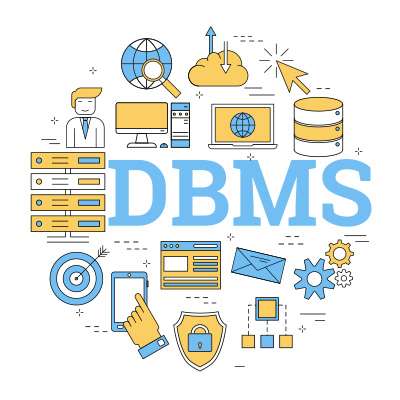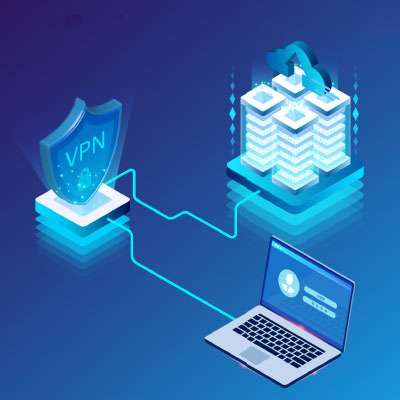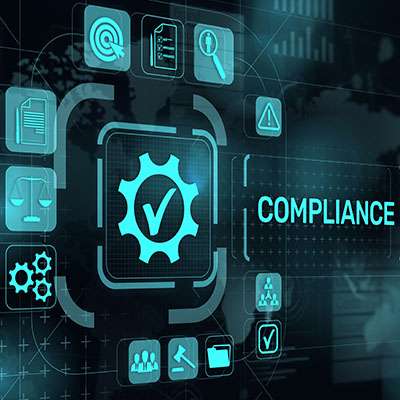The effectiveness of your business' IT security heavily relies on the functionality of your IT operations. Making sure that your staff comprehends their role in safeguarding your business assets is critical. Let’s delve into the essential priorities for establishing a robust security training platform, an indispensable element in fortifying your business' IT defenses.
Macro Systems Blog
The importance of databases in the context of an average business may be understated: they serve as an indispensable tool for ensuring smooth operations. An efficient Database Management System (DBMS) is actually more imperative than you may realize. Listed below is a look at the DBMS and its pivotal role in elevating your business operations.
It’s always exciting when you can expand your business’ influence with a new location, but that excitement also brings with it all kinds of complications. There’s always something, whether it’s the technology for the new location or the logistics surrounding the opening. Listed below is a look at how you can make sure that technology is not the thing that holds your business back from opening a new location.
Managing the large number of devices in today's office requires effective tracking and monitoring. The challenge lies in keeping tabs on each device, identifying users, and monitoring usage patterns. If your technology isn't currently being tracked, it's imperative to start doing so. The implementation of an inventory management system offers a more efficient and streamlined approach to this task.
When a business strikes a deal, there is usually some sort of paper trail or contract involved to hold both parties involved accountable. That being said, the traditional method of managing paper documents is both time-consuming and wasteful. With eSignature tools, businesses can change the way they handle signing documents for the better.
To most businesses, effective leadership is essential to promote growth, drive innovation, and ensure the successful conclusion of assorted tasks. While there are various leadership styles, one approach that stands out is leading from the front. Listed below is a look at what this means and how to do it effectively.
Businesses use all kinds of sayings to try to draw in customers. One of the core selling points of managed IT services is that “it pays for itself”. This is more than just marketing. The multiple services that make up managed IT services all help a business save time and money, but when added together, it can really help the bottom line of a business more than most services they can use. In this week’s blog we thought we would go through the core elements of a managed IT services agreement to show how it really does pay for itself.
“I just wanted to take a second to thank the sponsor of this video, [insert VPN provider here], for supporting the channel!”
If you’ve been on YouTube in the past few years, this message likely sounds pretty familiar. Virtual private network providers have been taking advantage of the trend of influencer marketing to spread awareness of their largely obscure product, usually offering an enticing deal. While we have and will continue to promote the use of a VPN for business purposes, we wanted to clarify something here: these are not the VPNs we’re saying you should use.
Business is filled with all types of relationships, and some of them are very challenging. Consider for a minute how challenging some of the interactions you have with customers are; or some of the vendor conversations that happen; or some of the give-and-take you get from your employees. Sometimes it is hard to believe that without these people, your business would be a complete flop. Listed below is a break down of how sometimes the relationships you forge in business are the key to things breaking your business’ way.
You’re probably familiar with the concept of a mission statement, particularly in terms of your business as a whole. However, did you know that you don’t need to stop there? You can—and we’d argue, should—establish more specific organizational missions for your different departments. Consider how you can benefit from creating a mission for your IT team to uphold throughout its operations, and how you might go about doing so.
Every business’ clients trust that they’re taking every measure possible to protect data, like personal information or financial records. That being said, with the number of businesses using electronic records continuing to climb, along with the rise of cybercrime, many industries have begun to impose regulations and compliances that are designed to keep personal information secure. Health and finance are two of the most heavily regulated industries, with the government having stepped in and set a specific standard of data security regulations that these companies must comply with.
We’re no strangers to talking about artificial intelligence. It’s been a somewhat regular topic on our blog and in our newsletters. AI is interesting, sort of this odd technology that for many years, the average person didn’t know what to do with it. Now, it feels like AI is the dominating new technology of the year. What happened? Will it stick? Can a business take advantage of it?
So much goes into proper network security that it can be intimidating to know where to start. Fortunately, there are plenty of great ways you can, and probably currently are, protecting your business, even if it’s on a basic level. You can consider this a checklist of imperative network security tools that are critical to have for your company’s success.
Our blog last week covered how patience is an imperative part of the most successful and productive employees’ arsenal. This week, we want to cover how you can help your employees be more patient. If you know someone in your office who could take things down a notch, this is just the blog for you with four suggestions that might do the trick.
All jobs have aspects that are simply dull or unengaging; nothing can be exciting all the time. This week we wanted to focus on these rote tasks and what you can do to make them have less of an impact on your time and job fulfillment. Turns out, the key to solving this issue stems from technology, specifically the ability to automate said tasks.
If you fall victim to hacking attack today, how would the hackers go about it? Would they try to find vulnerabilities in your network and infrastructure? You need to do what you can to answer the questions surrounding the strength of your existing network and infrastructure so you don’t have to deal with potential hacks. This month, we will talk about one really great way to find out where your security is light: by getting a penetration test completed on your business’ IT.
Business continuity is one of those topics that is irritating to confront. It’s not terribly interesting and has very little practical value in the context of day-to-day operations, but it is intrinsically critical to the sustainability of any business that happens to deal with problems. Consider for a minute how many businesses fared when the COVID-19 pandemic was in full force. There weren’t many businesses that had contingency plans for a “global pandemic.” The businesses that were quick to respond and adapt often came out on top, compared to businesses that struggled to commit.























